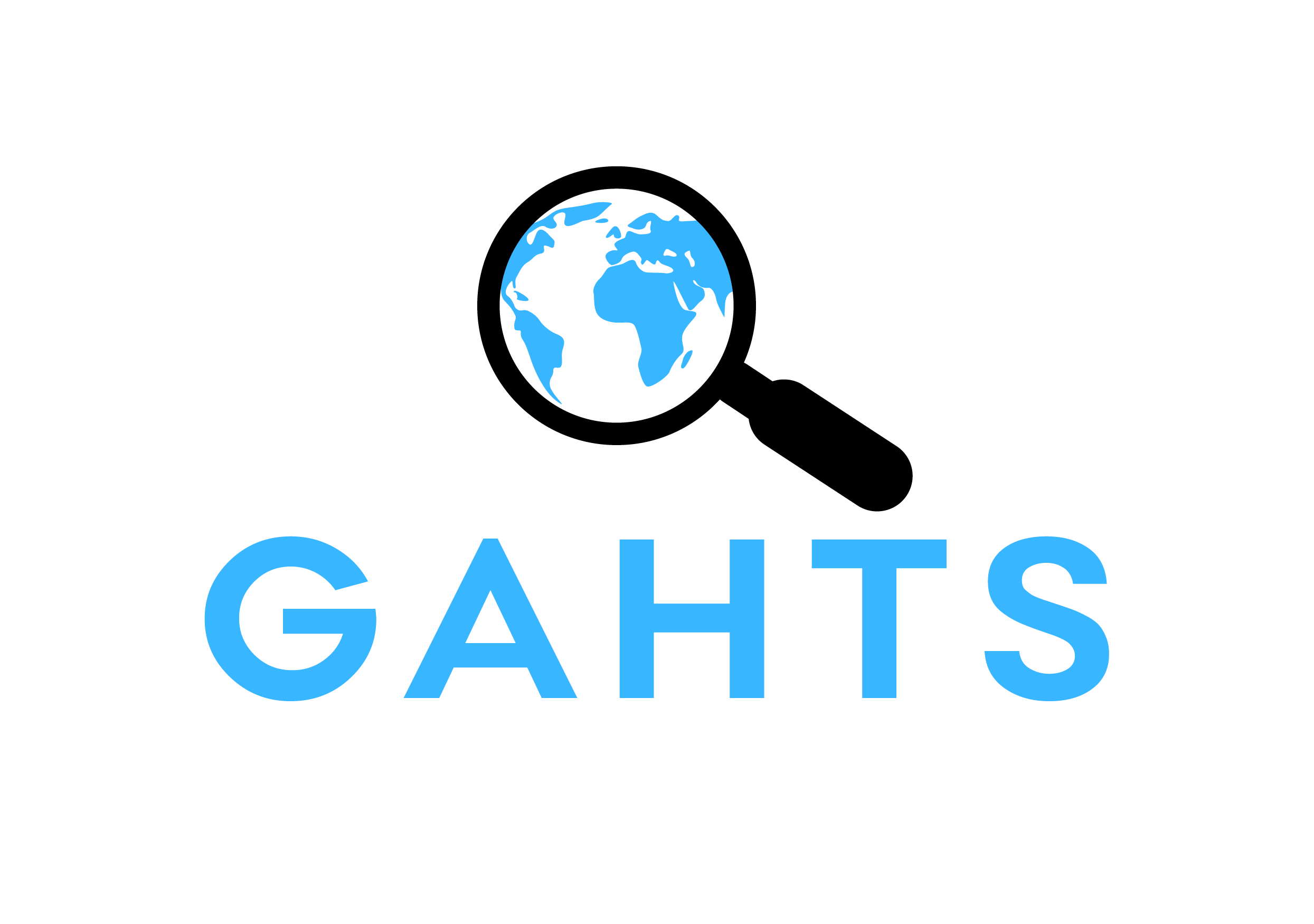Substance Use, Mental Health, and Child Welfare Profiles of Juvenile Justice-Involved Commercially Sexually Exploited Youth
Author: Bath, Eraka; Barnert, Elizabeth; Godoy, Sarah; Hammond, Ivy; Mondals, Sangeeta; Farabee, David & Grella, Christine
Abstract: To describe the substance use profiles of youth impacted by commercial sexual exploitation (CSE) and explore associations between substance use with mental health diagnoses and child welfare involvement. Data were systematically extracted from the court files of 364 youth who participated between 2012 and 2016 in Los Angeles County's Succeeding Through Achievement and Resilience (STAR) Court, a juvenile delinquency specialty court for youth impacted by CSE. Descriptive statistics and multivariate regression analyses were conducted to quantify associations between youths' substance use with mental health diagnoses and child welfare involvement. Of the 364 youth impacted by CSE involved in the STAR Court, 265 youth had documented contact with a psychiatrist while in court—of whom, 73% were diagnosed with at least one mental health challenge. Before STAR Court participation, 74% of youth were the subject of one or more child welfare referral; of these youth, 75% had prior out-of-home care. Eighty-eight percent of youth reported substance use, the most prevalent illicit substances were marijuana (87%), alcohol (54%), and methamphetamine (33%). Controlling for age and race, youth impacted by CSE with a diagnosed general mood disorder had more than five times the odds of reporting substance use compared with those without a mood disorder diagnosis (adjusted odds ratio [AOR]: 5.80; 95% confidence interval CI: 2.22–18.52; p < 0.001); and youth impacted by CSE with prior child welfare placements had more than two times the odds of reporting substance use (AOR: 2.24; 95% CI: 1.04–4.86; p = 0.039) compared with youth without prior placements. The association between substance use and general mood disorder was significant and positive for all substance use types (AOR = 3.3, p = 0.033 marijuana; AOR = 4.01, p = 0.011 concurrent alcohol and marijuana; AOR = 9.2, p < 0.001, polysubstance use). High prevalence of substance use among juvenile justice-involved youth impacted by CSE combined with strong associations between substance use with both mental health diagnoses and child welfare system history underscores the need for comprehensive, specialized substance use treatment. Findings suggest an important opportunity for multidisciplinary collaboration among mental health providers, child welfare professionals, juvenile justice practitioners, and other care providers for these youth.
Keywords: commercial sexual exploitation, youth, substance use, mental health, child welfare
